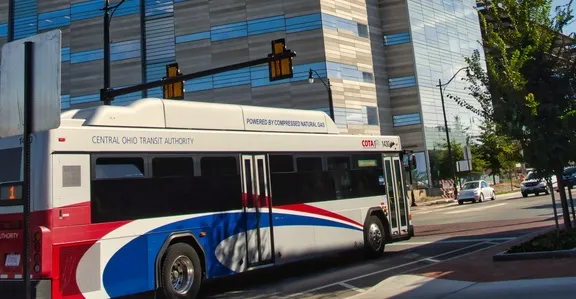In the US, Q-Free Open Roads has begun the year with an order for advanced transportation management systems (ATMS) valued at US$1.5 million from West Virginia Division of Highways (WVDOH).
“We are proud to see WVDOH continues to retain Q-Free Open Roads, which deployed the initial state-wide ATMS, the backbone of the West Virginia ITS program, in 2008,” says Q-Free CEO Thomas Falck.
The collaboration between Q-Free Open Roads and WVDOH has resulted in many successful ITS initiatives West Virginia, i
January 8, 2015
Read time: 1 min
In the US, 108 Q-Free Open Roads has begun the year with an order for advanced transportation management systems (ATMS) valued at US$1.5 million from West Virginia Division of Highways (WVDOH).
“We are proud to see WVDOH continues to retain Q-Free Open Roads, which deployed the initial state-wide ATMS, the backbone of the West Virginia ITS program, in 2008,” says Q-Free CEO Thomas Falck.
The collaboration between Q-Free Open Roads and WVDOH has resulted in many successful ITS initiatives West Virginia, including the state-wide 511 traveller information system, truck parking guidance and automated incident management.
“We are proud to see WVDOH continues to retain Q-Free Open Roads, which deployed the initial state-wide ATMS, the backbone of the West Virginia ITS program, in 2008,” says Q-Free CEO Thomas Falck.
The collaboration between Q-Free Open Roads and WVDOH has resulted in many successful ITS initiatives West Virginia, including the state-wide 511 traveller information system, truck parking guidance and automated incident management.










